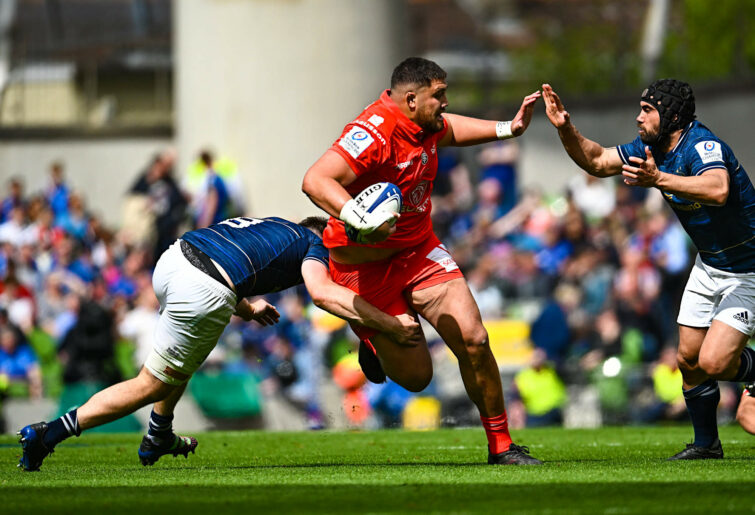The news that Emmanuel Meafou has become a superstar of the Top 14 Rugby competition and is on a trajectory to Test stardom for the Les Bleus is another great example of how ‘talent’ is nuanced, non-linear, and often over-simplified.
I had the pleasure of coaching “Manny” when he played for the Brothers Rugby Club in 2017. At the time he was a young adult at the tender age of 19 and certainly hadn’t grown into his current 202-centimetre and 145-kilogram body at that stage but we could all see the underlying talent that was bubbling away.
Despite his unique frame it was abundantly clear that he had exceptional passing, offloading, and evasive skills that are not generally seen in forwards of that nature.
Unfortunately, the ‘talent identification’ experts within the Australian rugby landscape didn’t quite see these skills as valuable, and instead focused on the challenges that he might face with the physiological demands of the game at the provincial level and was constantly denied access these squads within the Australian rugby franchise system.
It was this consistent training with the accompanying rest that it is afforded to professionals that was sorely needed as he had already developed a unique suite of perceptual skills that were always going to hold up in any level of rugby.
This highlights the limited understanding of the process of long-term skill acquisition within the context of an athletic development model.
Fortunately, and with exceptional foresight, powerhouse French club Toulouse saw what perhaps others didn’t and gave him the opportunity to grow as an athlete and build his professional career.
In 2024, despite some late overtures from Australia, he will be a French citizen and is projected to represent ‘Les Tricolores’ in the upcoming Six Nations tournament, and I applaud his persistence, dedication, and commitment.
His story is particularly of interest to me as I grew up in the same hard-working pocket of southwest Brisbane and went to the same high school as Emmanuel, and find it unfathomable that Australian rugby completely missed the talent residing within this hulking wrecking ball.
(Photo By Ramsey Cardy/Sportsfile via Getty Images)
In contact sports such as rugby union it is usually the big kid powered by early growth and maturation and relative age effects who dominates junior levels of the game. This chain of events lures people and talent experts into thinking that someone is talented, when in fact that are just ahead of the curve regarding components of fitness such as speed, power, and strength that go with early development.
Ironically, in Manny’s case it was the belief that his inferior physical parameters such as mobility and stamina inhibited his rise in rugby within Australia and overshadowed the exceptional skill level that he possessed.
This story shows that talent involves a unique number of variables that cannot necessarily be quantitatively measured. Each of these elements needs to be considered in its context and perhaps a more flexible model of athlete development could be considered when selecting or deselecting players.
Loading…
